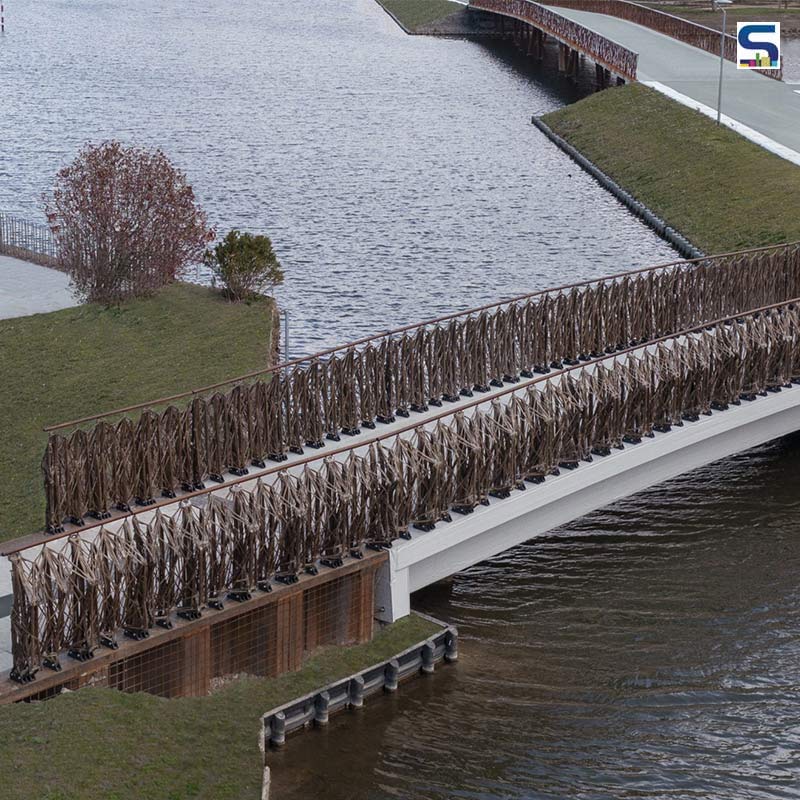
To exhibit the potential of flax by replacing it with steel in construction, the Eindhoven University of Technology (TU/e) initiated a project to build a bridge made from flax in The Netherlands. Located in the Dutch city Almere, the flax-based circular bridge is the first of the three bridges for pedestrians and cyclists that will be built as a part of the Smart Circular Bridge project. The other two projects are expected to come in Ulm, Germany and Bergen Op Zoom in the Netherlands. A detailed report by SURFACES REPORTER (SR).
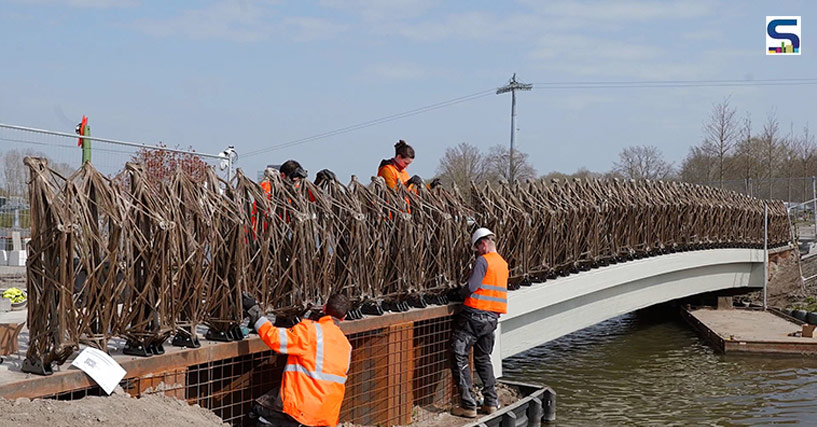
With a total of 15 partners from across the European Union including five universities, namely, the TU/e and the University of Stuttgart, seven companies and three cities, the project aims to analyze and provide data on the stability and durability of flax composite in construction. The project stresses the need for a shift towards natural materials.
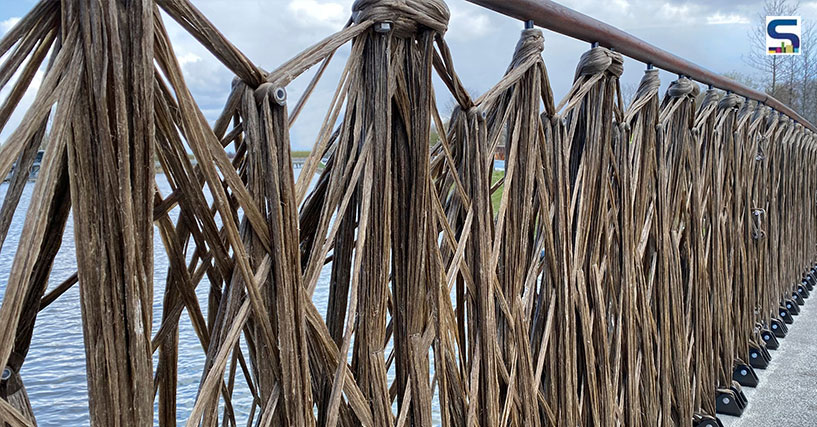
The bridge is designed out of flax fibres which are combined with bio-resin and polyurethane foam blocks. This creates a light and stable composite material which can replace aluminium or steel. The bridge is built out of two types of flax composite material. The first is flax fibre mats that are wrapped around the foam blocks which are used for the deck, while the other is a robot wound flax filament that makes up the handrails. The foam core blocks are fused together in a vacuum infusion process, thereby creating one solid bridge. The filaments are wound into a bundle of cross-linked triangular patterns. Nearly 3.2 ton of flax has been used to create this bridge. According to Smart Circular Bridge project leader and TU/e professor Rijk Blok, the bridge is expected to have a minimum of 50 years of operational life. Spread across 15 m in length, the Almere bridge can support small service vehicles, pedestrians and cyclists.
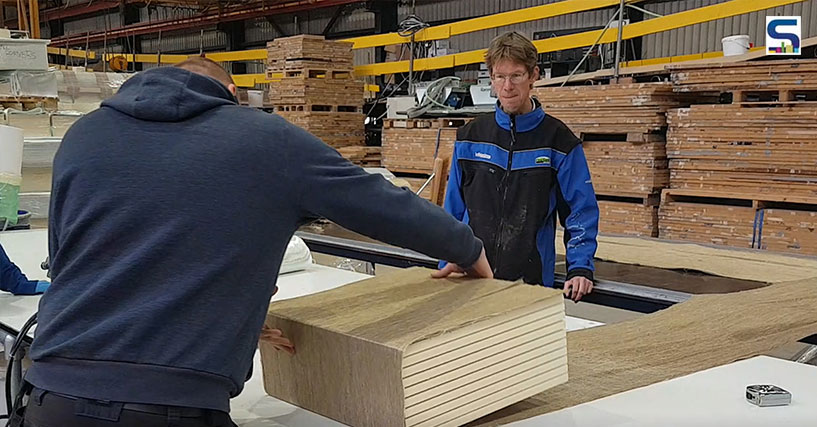
Additionally, the bridge also includes nearly 80 sensors which are distributed throughout the structure to measure its performance at different temperatures, moisture conditions, heavy load and shelf life. The data will be available in real-time on the public dashboard. Its structural health monitoring system includes optical sensors which are embedded in glass fibre that measures strain, while the acceleration sensors can help detect fine vibrations caused by wind.
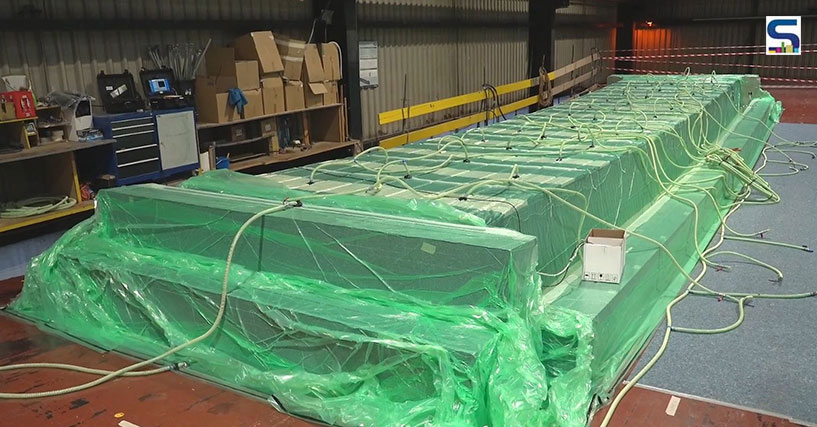
The team has reportedly tried using non-fossil sources as well. Nearly 25 per cent of the resin composite material used in the bridge is obtained from biological sources. Reportedly, the next bridges are expected to use 60 per cent bio-resin. Also, the use of polyurethane, a type of plastic, for the foam cores in the block decks has been made on account of safety.

With the help of the robot-winding technique, the team could achieve the effect of lightness and delicacy which also highlights the aesthetic and technical possibilities of bio-composites and natural fibres. The team aims to use more of such natural materials as they grow faster than wood and are more readily available than hemp.
Image credits: Dezeen